Sjogren’s disease: two drugs with positive trials Save
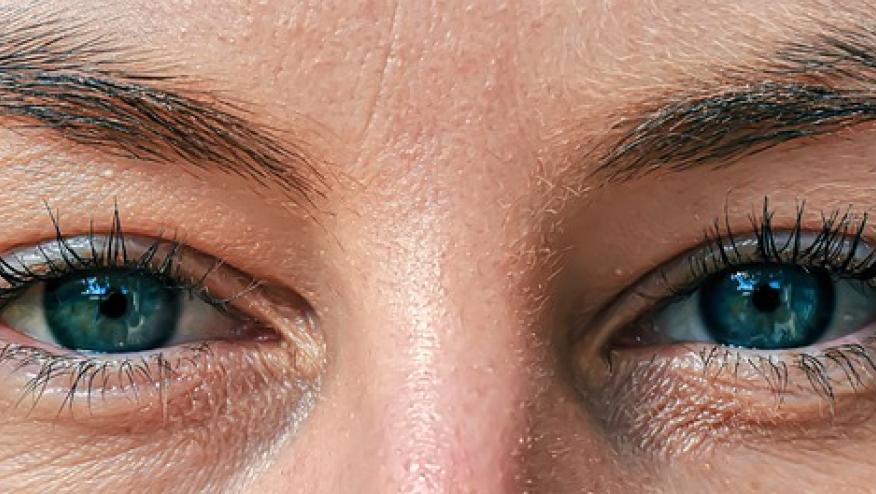
After several failures of therapies in Phase 3 trials of Sjogren’s disease (SjD) over many years, all hope is not lost! At this year’s ACR25 Convergence Conference in Chicago, not one but two drugs presented their efficacy and safety data in patients with moderate to severe disease activity as defined by ESSDAI score ≥ 5 points.
The first therapy is Ianalumab, a dual B-cell blockade drug through BAFF-R inhibition and B-cell depletion via antibody dependent cellular cytotoxicity. The phase 3 RCTs programme consisted of two parallel trials: a) NEPTUNUS-1 (i.e. two treatment arms of IAN 300mg monthly vs PBO); and b) NEPTUNUS-2 (i.e. three treatment arms of IAN 300mg monthly, IAN 300mg every 3-monthly, vs PBO). The results showed that both trials demonstrated significant reduction in ESSDAI score at Week 52 from baseline vs PBO with pooled effect size LS mean of 1.2 point reduction vs PBO. The PBO rate was quite high in this trial leading to relatively small effect size. Other key secondary endpoints that favoured Ianalumab vs PBO were Patient Global Assessment, Physician Global Assessment and an objective measure, stimulated salivary flow rate. There were numerical improvement in ESSPRI and FACIT-Fatigue favouring IAN but the differences were not statistically significant (Abstr# LB24). No major safety signal was observed and serious infection was about 2%. A note that the established Minimal Clinically Important Difference (MCID) for ESSDAI is a 3-point reduction. However, we cannot apply this MCID for this trial due to the difference in population studied. Further in depth analysis of this trial is ongoing including health economics and will help ascertain the clinical and cost-effectiveness of Ianalumab in moderate to severe SjD activity, and subsequently approval submission to the regulatory agencies.
The second therapy is Telitacicept, a dual BAFF-APRIL inhibitor that should provide optimum inhibition of B-cell survival factors. Telitacicept has been approved for use in SLE in China since November 2023. In this Phase 3 RCT of the same population in China, patients were randomised to either TEL 80mg, TEL 160mg or PBO. Those in the PBO group were re-randomised at Week 24 to either the three groups above and followed until Week 48. Primary endpoint of change in ESSDAI from baseline was met in both TEL doses vs PBO with effect size LS mean of -2.4 and -3.8 respectively. ESSPRI also improved significantly for both TEL doses in a dose-dependent manner vs PBO (Abstr# LB11). In this trial, I am amazed to see that nearly no PBO response is observed for both changes in ESSDAI or ESSPRI from baseline leading to greater effect size. We will have to wait for the full paper to see contributing factors to this including glucocorticoid tapering effect, specific disease features, etc. No major safety signal was reported. This therapy will most likely be approved in China. It is unclear whether a global trial is planned to potentially extend its use worldwide (if results would be replicated).


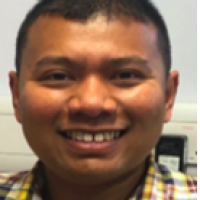
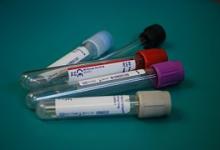
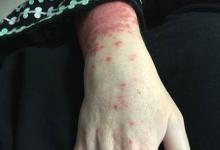


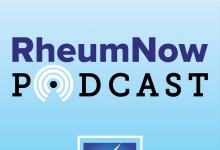
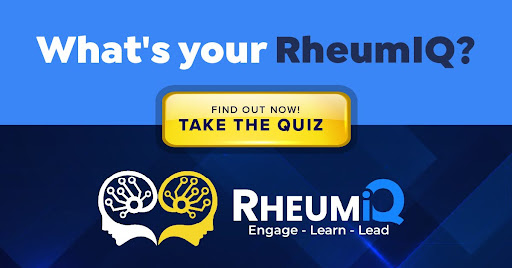
If you are a health practitioner, you may Login/Register to comment.
Due to the nature of these comment forums, only health practitioners are allowed to comment at this time.